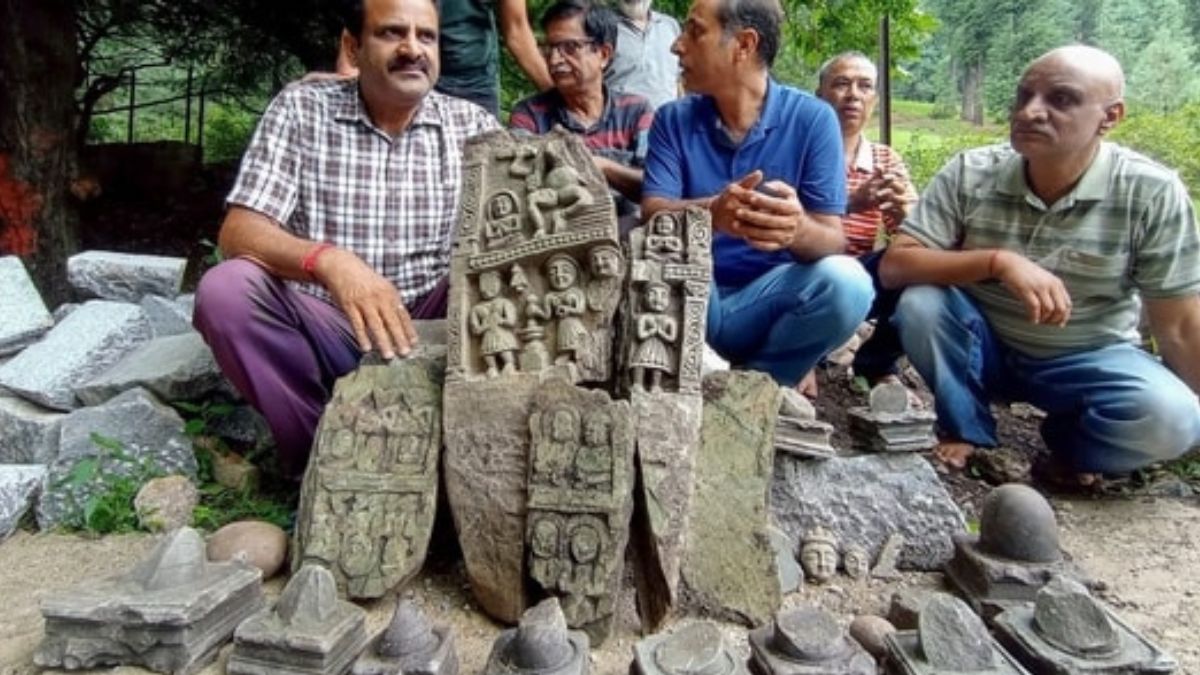
During excavations for a rehabilitation project at a Hindu sacred site in Jammu and Kashmir’s Anantnag district, ancient Hindu idols were found. Since the location of these idols and “shivlings”—Karkoot Nag (or Karkut Nag) in the Salia neighborhood of Aishmuqam town—is frequently linked by Kashmiri Pandits to the Karkoota dynasty, which is believed to have ruled Kashmir from 625 to 855 CE/BC, they may have been created more than 2,000 years ago.
The distance from the district office is roughly 16 km. At the location, which possesses historical religious relics, 15 antique idols, including 11 Shivlings, were found, according to a local news program.
According to a local daily, one of the findings is a damaged sculpture that shows numerous gods and is thought to have been a part of an old temple pillar that formerly stood there. Workers discovered these things during excavation while the UT public works department was restoring a spring there as part of a larger UT government project, according to PTI.
The site was then examined by representatives from the departments of museums, archaeology, and archives. In order to ascertain the idols’ age and place of origin, officials informed the news agency that they would be sent to Srinagar for material and dating tests. After the idols are moved to the Shri Pratap Singh Museum in Srinagar, research researchers will also begin working on the study.
“There is a probability that a temple might have been there or someone might have kept them there for preservation,” a local Kashmiri Pandit, who wished to remain anonymous, told PTI. Leaders of the local community who were present allegedly demanded that a temple be built “to restore the glory of the shrine.”
